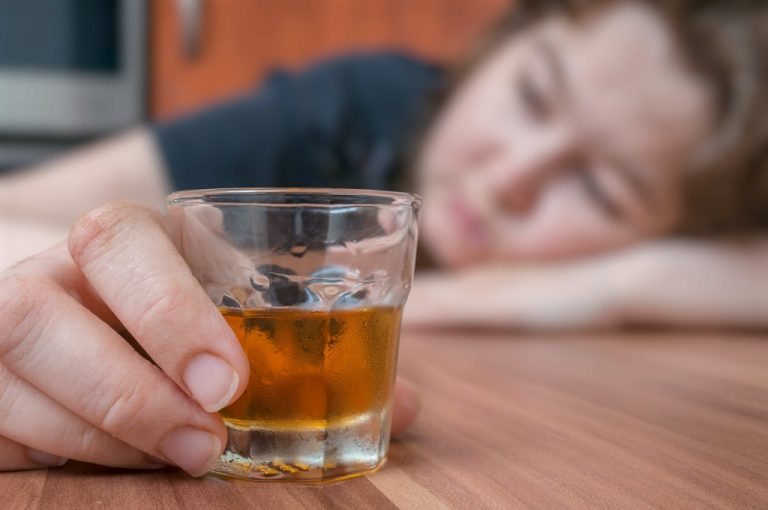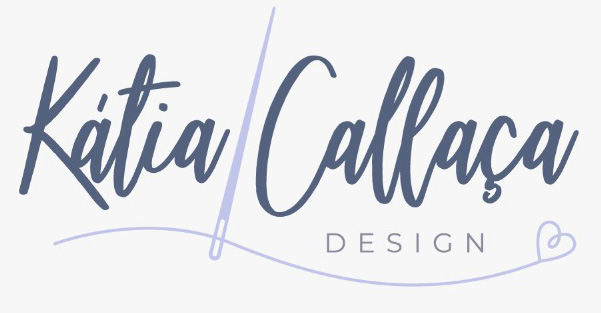The Importance of Step-By-Step Goal Setting in Addiction Recovery
Those who have adopted a criminal identity need to learn new ways of thinking about themselves; those whose identity is shaken by the incarceration will need help coping with their criminal charges. An overall rehabilitation goal is to help offenders develop more prosocial identities consistent with positive social values. Often, problems with expressed anger relate to an inability to express other feelings—a problem with affect.
The Role of the Primary Care Clinician Throughout

Treatment during this phase provides monitoring and symptomatic relief of the intense discomfort, and patients may benefit from the use of medication to dampen drug craving. Outpatient treatment enables patients to practice recovery skills immediately in a real-life setting. Depending on the level of treatment selected, it can allow patients to maintain work or school commitments.
Treatment Settings

This is more common in young adults, but this curious nature can lead to unintended consequences. Nobody wakes up one day and makes the conscious decision to become an addict and potentially ruin their life. When trying to identify https://www.fundacionburke.org/page/2/ what went wrong, complex things happening beneath the surface often come to light. Unlike diseases that are linked to a specific, defective gene, such as cystic fibrosis, depression is more likely to be linked to several genes.
- Although substance abuse treatment has become increasingly integral to the criminal justice system, it should not be assumed that crimes committed by drug-involved offenders are solely the result of drug-acquiring behavior or are attributable to intoxication and impaired brain functioning.
- These arrangements provide a sense of joint “ownership” of treatment programs, enhance program credibility among correctional officers, and provide an effective mechanism for addressing critical incidents and solving problems that affect both treatment and corrections staff.
- Studies show that motivational interviewing helps those struggling with addiction to resolve any ambivalence about giving up drug use and inspires them to commit to behavioral change.
- Depression is one of the most common and most debilitating mood disorders, yet researchers still haven’t determined the exact cause of this condition.
Understanding Depression
Typically, residential programs include orientation, treatment, and reentry phases. Substance abuse counselors working with criminal justice clients are likely to face a host of challenges. Offenders may require help meeting basic life needs, such as finding housing, applying for a job, or cooking a meal. Moreover, counselors generally will have to motivate clients to find new ways to manage their feelings, control impulses, and work toward concrete goals.

Sources yielded four practices consistent with the principle of attending to client motivation (principle eight). A number of sources (9 of 62) highlighted the role of the Transtheoretical Model of Change (Prochaska & DiClemente, 1984), and argued for the importance of matching treatment to a client’s stage of motivational readiness (SAMHSA, 2017; 2019; Vakharia & Little, 2016). This includes exploring values (Carroll, 1998; Elwyn et al., 2012); reasons for or against a particular outcome, goal, or objective (SAMHSA, 2012); and perceptions of others whose views matter to the client (Miller http://filmplus.ru/64327-aly-fila-future-sound-of-egypt-330-2014-03-03.html et al., 1992). Further, ambivalence is one aspect of fluctuating motivation in ongoing goal pursuit (7 of 62 sources); therefore, it should not be feared or vilified, but rather viewed as just another force in the natural momentum of change (Miller et al., 1992; Miller, 2002). The research team derived numerous practices from the data and organized them within five subthemes of goal setting (10 practices), goal monitoring (10 practices), and specific practices related to attending to client self-determination (4 practices), motivation (4 practices), and self-efficacy (4 practices).
- Secondly, does your treatment plan include any kind of counseling, and if so, what will that look like?
- SMART recovery goals that are measurable include answers to questions like “how many” or “how much.” For example, “I will eat healthier” is not a measurable goal, because it can be hard to track whether a person is eating more nutritious foods than they used to.
- The prevalence of repeat admissions is generally highest in methadone programs, which require documentation of previous relapses and have the oldest clientele.
- A number of sources also noted authentic, verbal affirmation of clients’ strengths, efforts, and progress as a key practice for promoting and reinforcing self-efficacy (23 of 62 sources; Kadden et al., 1992; Martino et al., 2006).
- Long-term recovery relies on the availability of an array of resources and support for rebuilding a life that is meaningful and rewarding.
In 439 EAPs surveyed by Blum and Roman in 1984–1985, those with DSPs reported the same rate of drug-related referrals as those without screening programs. A Bureau of Labor Statistics (1989b) survey indicated that EAPs are available to 4 percent of workers in establishments with less than 10 employees and 87 percent of workers in establishments with more than 5,000 employees. The same variation applies to drug screening programs, which are available to 1 percent of workers in sites with less than 10 employees and 68 percent of workers in establishment with more than 5,000 employees. To enhance rigor and credibility, a trained research assistant rated sample source references.

Let’s explore the current state of drug addiction treatment and recovery rates in the US through noteworthy statistics and trends. In general, the primary goals of treatment have centered on reducing heroin or cocaine intake, predatory crime, and client death rates, at a secondary level, they involve marijuana or alcohol intake, unemployment or poor job performance, and lack of education. Improving family conditions and psychological well-being are sometimes viewed as ends in themselves, at other times as sides effects of reaching primary goals, and at still other times are important prerequisites to reaching primary goals. The relevant evidence on criminal recidivism during and after “mandatory” treatment is reviewed in Chapter 5. It concerns mainly the effects of therapeutic prison programs paired with intensive parole supervision and postrelease continuity in community treatment. Some of these programs are at the discretion of the sentencing authority only, but more of those on which evidence is available involve initiative in the part of the inmate.
1. Defining goal setting
Furthermore, although some parties to treatment deal with each other only in a single episode, others do so across episodes. ICANotes invites you to request a free trial or visit our website to schedule a live demo or training session. If you have questions or would like more information about our software, contact us today. We also welcome you to request a quote for http://eaward.ru/grecij/b3843/ your practice to see how we can help you create a substance abuse treatment plan. This method can offer an increased sense of intuition when communicating with patients about treatment that they will be receptive to. Writing an addiction treatment plan that fully involves a patient and therapist can also reduce a patient’s feelings of isolation and hopelessness.
